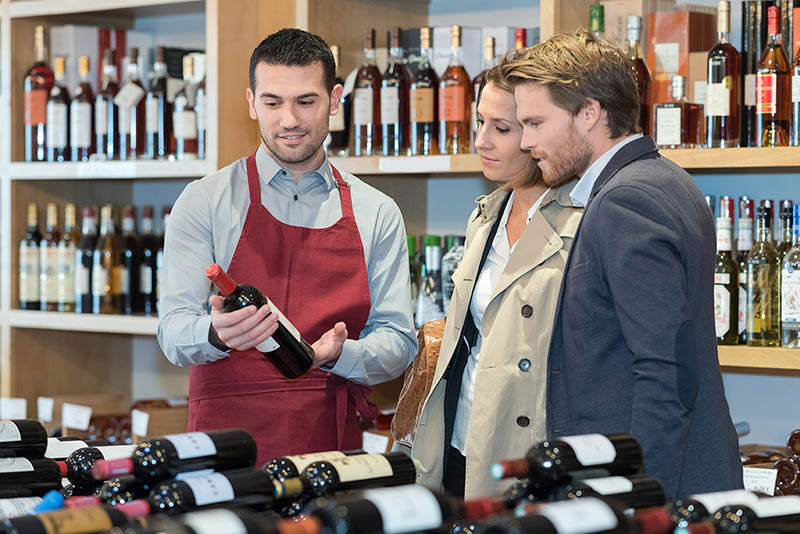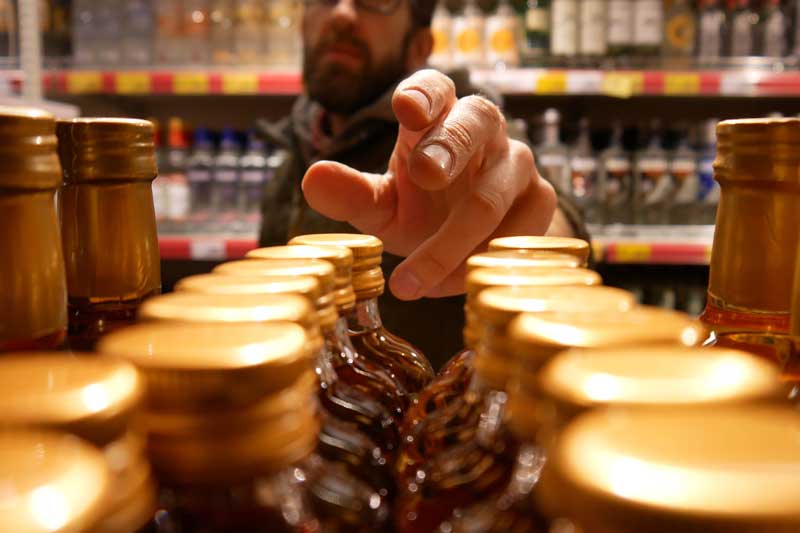This year, consumers want to enjoy a nice glass of wine — and they’re willing to pay up for it.
The “Fine and Premium” wine category, defined as wine priced at more than $10 a bottle, has grown approximately 8% a year since 2012.
Premium wines are on the rise because of the experience they provide. Drinkers spent $17 billion on premium wines in 2017, and that number is expected to continue to grow.
Silicon Valley Bank predicts this segment of the industry will grow between 4% and 8% in 2019. This trajectory is expected to continue, with the segment reaching around $25 billion by 2022, according to Consulting.us. Let’s take a look at the premium wine trend and how wine suppliers can break into the market.
The ‘Premium’ bracket
The term “Premium Wines” encompasses four categories:
- Popular Premium
- Premium
- Super Premium
- Ultra Premium.
These wines range in price from $10 to $15 for Popular Premium and then up to $30 to $40 for Ultra Premium.
Besides price, the word premium is considered to be exceptional quality, so consumers won’t pay a top-price for a wine that doesn’t live up to that standard.
Wine purchasing trends show Americans are drinking less overall, but spending 3.7% more on their wine, which suggests drinkers desire a higher-quality wine and are willing to spend more per bottle.
Millennials are changing the way wine is consumed
Consumers are willing to pay more for a higher-class experience, and millennials are modeling this behavior more than any group.
Millennials crave new experiences, and that also translates to their wine. To millennials the experience they have drinking their wine is important, so they’re willing to pay for it.
However, only 17% of all premium wine consumption was by millennials, so there’s still room for brands in this sector to market to this demographic segment and win their business.
Even winemakers in France are taking note of the potential of millennials’ buying power in the premium wine sector.
“Until recently, it was true that Bordeaux wines appealed to an older audience, but the tide is turning,” Allan Sichel, vice-chairman of the CIVB, told Wine Searcher. “By communicating the region’s affordable and diverse styles – which include dry whites, rosés, lighter, more modern reds and even sparkling wines – and stellar sustainability credentials, we are encouraging a new generation of younger wine drinkers to discover Bordeaux.”
While millennials are willing to pay for a fine experience — they want value. More and more drinkers don’t want to pay the marked-up prices of wine at a restaurant or bar, and are opting to drink at home instead. Now that 80% of all wine consumption is done off-premises, consumers are buying more premium wine to enjoy with a nice meal or over conversation with friends.
While millennials are value conscious, they seek high quality wines at a reasonable price – which can still be more than $10 and considered premium.
Major industry players shift focus to premium wines
Constellation Brands, one of the biggest players in the wine distribution industry, announced a deal in April to sell $1.7 billion worth of its low-price wine and spirits brand and six wineries to E. & J. Gallo Winery.
The deal is being dubbed one of the biggest acquisitions in U.S. wine industry history. Constellation shed its lower priced wines – below $11 a bottle – to concentrate on serving the premium market of wine, spirits and cannabis.
“One of the hallmarks of our success over the years has been our ability to evolve and stay on the forefront of emerging consumer trends,” Bill Newlands, CEO of Constellation Brands, said in a statement. “This decision will help enhance organizational focus on a more premium set of wine and spirits brands that better position our company to drive accelerated growth and shareholder value.”
Breaking into the premium market
If you don’t currently have any labels in the premium wine market, there are a few things you can do to break into this sector.
If you have a fan-favorite wine that’s not considered premium, but the price point is close, think about if you can rebrand the label and push it into the premium category.
If you’re a larger winery and have a new vintage coming out, you can consider selling that vintage or blend at the premium level — but remember the taste needs to match the price.
In what other ways is the wine business changing? Learn more here:
-
What You Need to Know about the Resurgence of the Spirits Market
- How to Stay Ahead of the Changing Wine Consumer
- 87% of Utilities Have Experienced at Least One Data Breach in Last Three Years - February 5, 2024
- Can Drones Lower Your Next Utility Bill? - January 10, 2024
- Onshore Wind Farms Are The Next Big Thing In Renewable Energy - December 6, 2023



